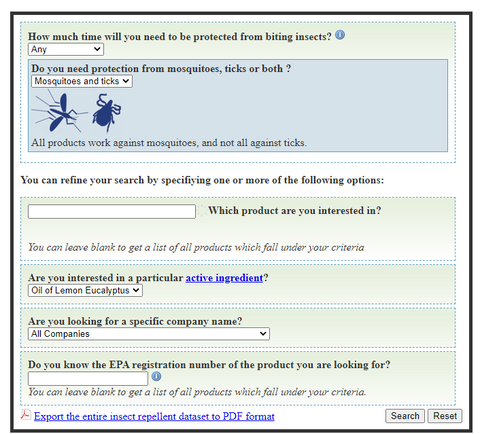
If you’re like me, the thought of using insect repellent containing the chemical DEET makes your skin crawl. Yuck! So, I was extremely happy to learn that the CDC has labeled oil of lemon eucalyptus an effective repellent of mosquitoes and ticks.
In 2005 the CDC included the EPA-registered product containing synthesized lemon eucalyptus oil in its list of repellents of mosquitoes and ticks. Oil of lemon eucalyptus (OLE) is also called PMD (chemical name: para-menthane-3,8-diol), which is the synthesized version of OLE. It is extracted from the leaves of waste distillate of Eucalyptus citriodora, a tree native to Australia.
I’m surprised that I didn’t know about this alternative to DEET sooner. I’m so excited at the thought of being able to walk with my dogs through the woods again, pick wild blackberries, and let my grandchildren go on adventures near the stream when normally the mosquitoes would have carried them away. I bet that this opens up new opportunities for you to enjoy life more also.
If you want to purchase insect repellents containing lemon eucalyptus oil read the label. Look for any of these terms: oil of lemon eucalyptus, OLE, PMD or para-menthane-3,8-diol. Per the EPA’s government website,https://www.epa.gov/insect-repellents/find-repellent-right-you#search%20tool the products that both repel mosquitos and ticks containing Oil of Lemon Eucalyptus are Repel Essential Insect Repellent Pump Spray, Repel Essential Insect Repellent Lotion, Fite Bite 6 Hour, and Citrapel Lotion Insect Repellent.
Unfortunately, testing shows the effectiveness of homemade natural products made with essential oils begins to fade within the first hour. If you are interested in making your own insect repellents there is a great deal of information about the repellent capabilities of various plants in a report titled: “Plant-based Insect Repellents: A Review of Their Efficacy, Development and Testing” from Malaria Journal 2011. https://malariajournal.biomedcentral.com/track/pdf/10.1186/1475-2875-10-S1-S11.
